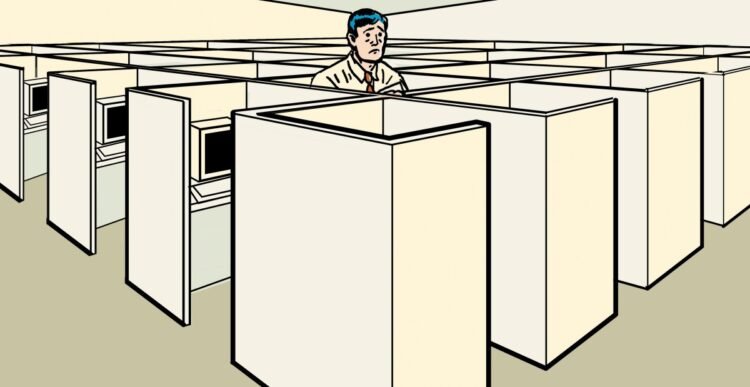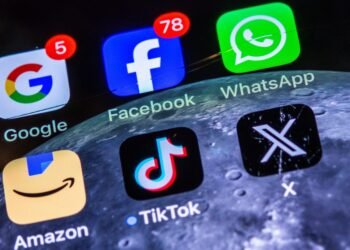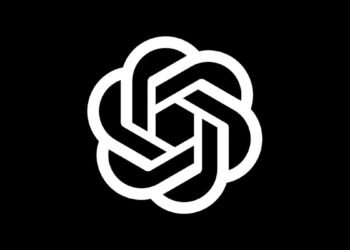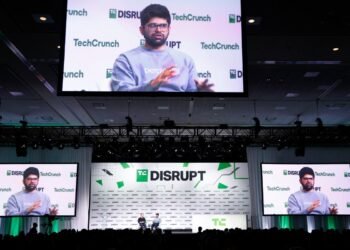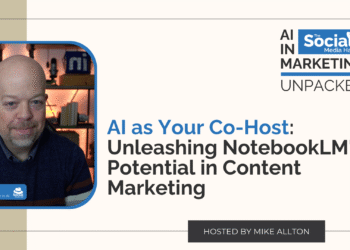ChatGPT’s most advanced models recently served me a surprising statistic: US productivity grew faster in 2024 than in any year since the 1960s. Half that jump can be linked to generative AI tools that most workers hadn’t even heard of two years earlier.
The only problem is that it’s not true. The AI made it up.
Despite its much-documented fallibility, generative AI has become a huge part of many people’s jobs, including my own. The numbers vary from survey to survey, but a June Gallup poll found that 42 percent of American employees are using AI a few times a year, while 19 percent report deploying it several times a week. The technology is especially popular with white-collar workers. While just 9 percent of manufacturing and front-line workers use AI on a regular basis, 27 percent of white-collar workers do.
Even as many people integrate AI into their daily lives, it’s causing mass job anxiety: A February Pew survey found that more than half of US employees worried about their fate at work.
Unfortunately, there is no magic trick to keep your job for the foreseeable future, especially if you’re a white-collar worker. Nobody knows what’s going to happen with AI, and leadership at many companies is responding to this uncertainty by firing workers it may or may not need in an AI-forward future.
“If AI really is this era’s steam engine, a force so transformative that it will power a new Industrial Revolution, you only stand to gain by getting good at it.”
After laying off over 6,000 workers in May and June, Microsoft is laying off 9,000 more workers this month, reportedly so the company can reduce the number of middle managers as it reorganizes itself around AI. In a note on Tuesday, Amazon CEO Andy Jassy told employees that the company would “roll out more generative AI and agents” and reduce its workforce in the next few years. This was all after Anthropic CEO Dario Amodei warned AI would wipe out half of all entry-level white-collar jobs in the same timespan, a prediction so grim that Axios coined a new term for AI’s imminent takeover: “a white-collar bloodbath.”
This is particularly frustrating because, as my recent encounter with ChatGPT’s tendency to hallucinate makes clear, the generative AI of today, while useful for a growing number of people, needs humans to work well. So does agentic AI, the next era of this technology that involves AI agents using computers and performing tasks on your behalf rather than simply generating content. For now, AI is augmenting white-collar jobs, not automating them, although your company’s CEO is probably planning for the latter scenario.
Maybe one day AI will fulfill its promise of getting rid of grunt work and creating endless abundance, but getting from here to there is a harrowing proposition.
“With every other form of innovation, we ended up with more jobs in the end,” Ethan Mollick, a Wharton professor and author of the newsletter One Useful Thing, told me. “But living through the Industrial Revolution still kind of sucked, right? There were still anarchists in the street and mass displacement from cities and towns.”
We don’t know if the transition to the AI future will be quite as calamitous. What we do know is that just as jobs transformed due to past technological leaps, like the introduction of the personal computer or the internet, your day-to-day at work will change in the months and years to come. If AI really is this era’s steam engine, a force so transformative that it will power a new Industrial Revolution, you only stand to gain by getting good at it.
At the same time, becoming an AI whiz will not necessarily save you if your company decides it’s time to go all in on AI and do mass, scattershot layoffs in order to give its shareholders the impression of some efficiency gains. If you’re impacted, that’s just bad luck. Still, having the skills can’t hurt.
Welcome to the AI revolution transition
It’s okay to be scared of AI, but it’s more reasonable to be confused by it. For two years after ChatGPT’s explosive release, I couldn’t quite figure out how a chatbot could make my life better. After some urging from Mollick late last year, I forced myself to start using it for menial chores. Upgrading to more advanced models of ChatGPT and Claude turned these tools into indispensable research partners that I use every day — not just to do my job faster but also better. (Disclosure: Vox Media is one of several publishers that have signed partnership agreements with OpenAI. Our reporting remains editorially independent.)
But when it comes to generative AI tools and the burgeoning class of AI agents, what works for one person might not be helpful to the next.
“Workers obviously need to try to ascertain as much as they can — the skills that are most flexible and most useful,” said Mark Muro, a senior fellow at Brookings Metro. “They need to be familiar with the technology because it is going to be pervasive.”
For most white-collar workers, I recommend Mollick’s 10-hour rule: Spend 10 hours using AI for work and see what you learn. Mollick also recently published an updated guide to the latest AI tools that’s worth reading in full. The big takeaways are that the best of these tools (ChatGPT from OpenAI, Claude from Anthropic, and Google Gemini) can become tireless assistants with limitless knowledge that can save you hours of labor. You should try different models within the different AI tools, and you should experiment with the voice features, including the ability to use your phone’s camera to share what you’re seeing with the AI. You should also, unfortunately, shell out $20 a month to get access to the most advanced models. In Mollick’s words, “The free versions are demos, not tools.”
“If I have a very narrow job around a very narrow task that’s being done repetitively, that’s where the most risk comes in.”
You can imagine similar advice coming from your geeky uncle at Thanksgiving circa 1984, when personal computers were on the brink of taking over the world. That was the year roughly the same percentage of white-collar workers were regularly using PCs at work as are using AI today. But the coming AI transition will look different than the PC transition we’ve already lived through. While earlier digital technologies hit frontline workers hardest, “AI excels at supporting or carrying out the highly cognitive, nonroutine tasks that better-educated, better-paid office workers do,” according to a February Brookings report co-authored by Muro.
This means AI can do a lot of the tasks that software engineers, architects, lawyers, and journalists do, but it doesn’t mean that AI can do their jobs — a key distinction. This is why you hear more experts talking about AI augmentation rather than AI automation. As a journalist, I can confidently say that AI is great at streamlining my research process, saving me time, and sometimes even stirring up new ideas. AI is terrible at interviewing sources, although that might not always be the case. And clearly, it’s touch-and-go when it comes to writing factually accurate copy, which is kind of a fundamental part of the job.
That proposition looks different for other kinds of white-collar work, namely administrative and operational support jobs. A Brookings report last year found that 100 percent of the tasks that bookkeepers and clerks do were likely to be automated. Those of travel agents, tax preparers, and administrative assistants were close to 100 percent. If AI really did make these workers redundant, it would add up to millions of jobs lost.
“The thing I’d be most worried about is if my task and job are very similar to each other,” Mollick, the Wharton professor, explained. “If I have a very narrow job around a very narrow task that’s being done repetitively, that’s where the most risk comes in.”
It’s hard to AI-proof your job or career altogether given so much uncertainty. We don’t know if companies will take advantage of this transition in ways that produce better products and happier workers or just use it as an excuse to fire people, squandering what some believe is a once-in-a-generation opportunity to transform work and productivity. It sucks to feel like you have little agency in steering the future toward one outcome or the other.
At the risk of sounding like your geeky uncle, I say give AI a try. The worst-case scenario is you spend 10 hours talking to an artificially intelligent chatbot rather than scrolling through Instagram or Reddit. The best-case scenario is you develop a new skill set, one that could very well set you up to do an entirely new kind of job, one that didn’t even exist before the AI era. You might even have a little fun along the way.
A version of this story was also published in the User Friendly newsletter. Sign up here so you don’t miss the next one!

